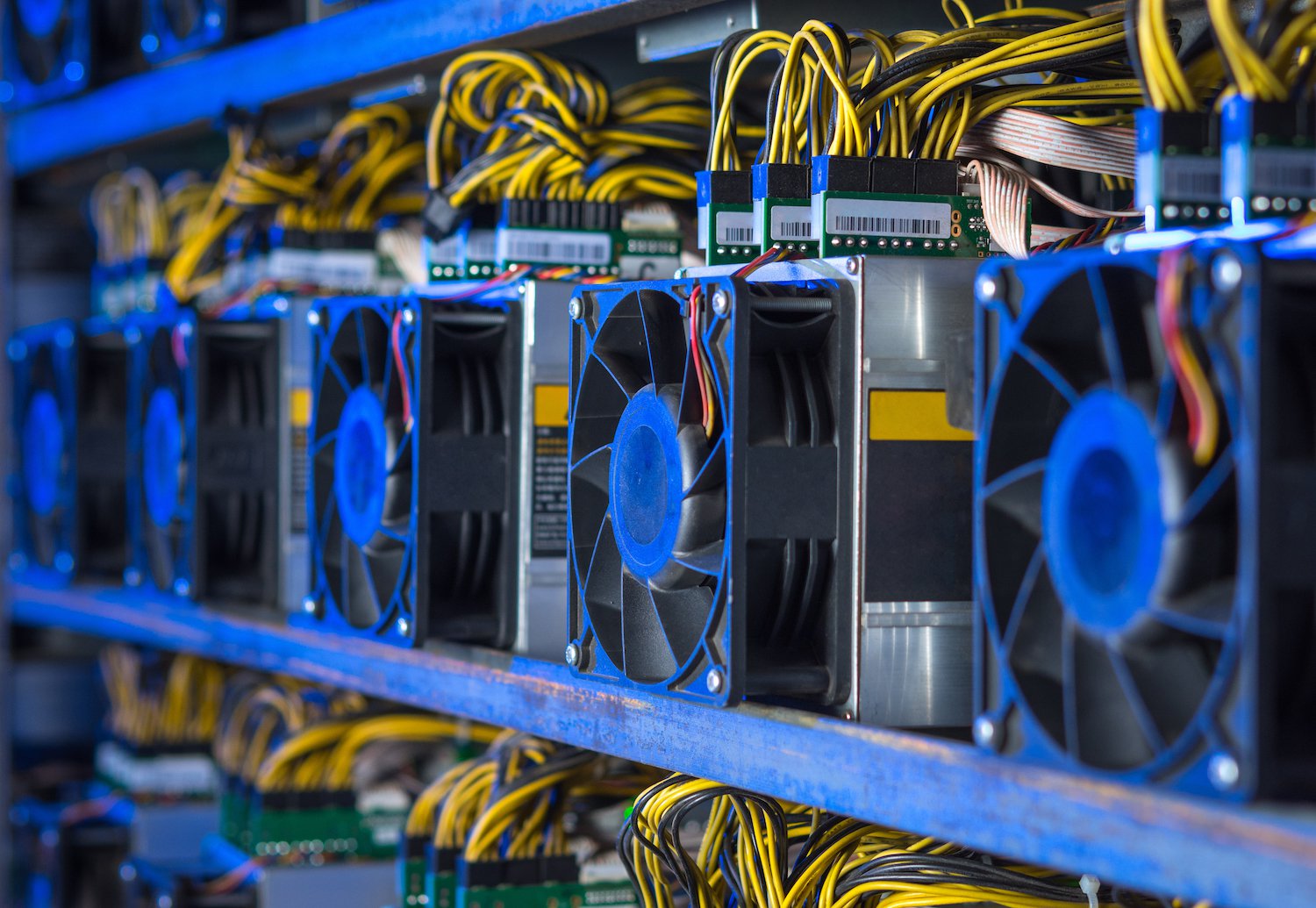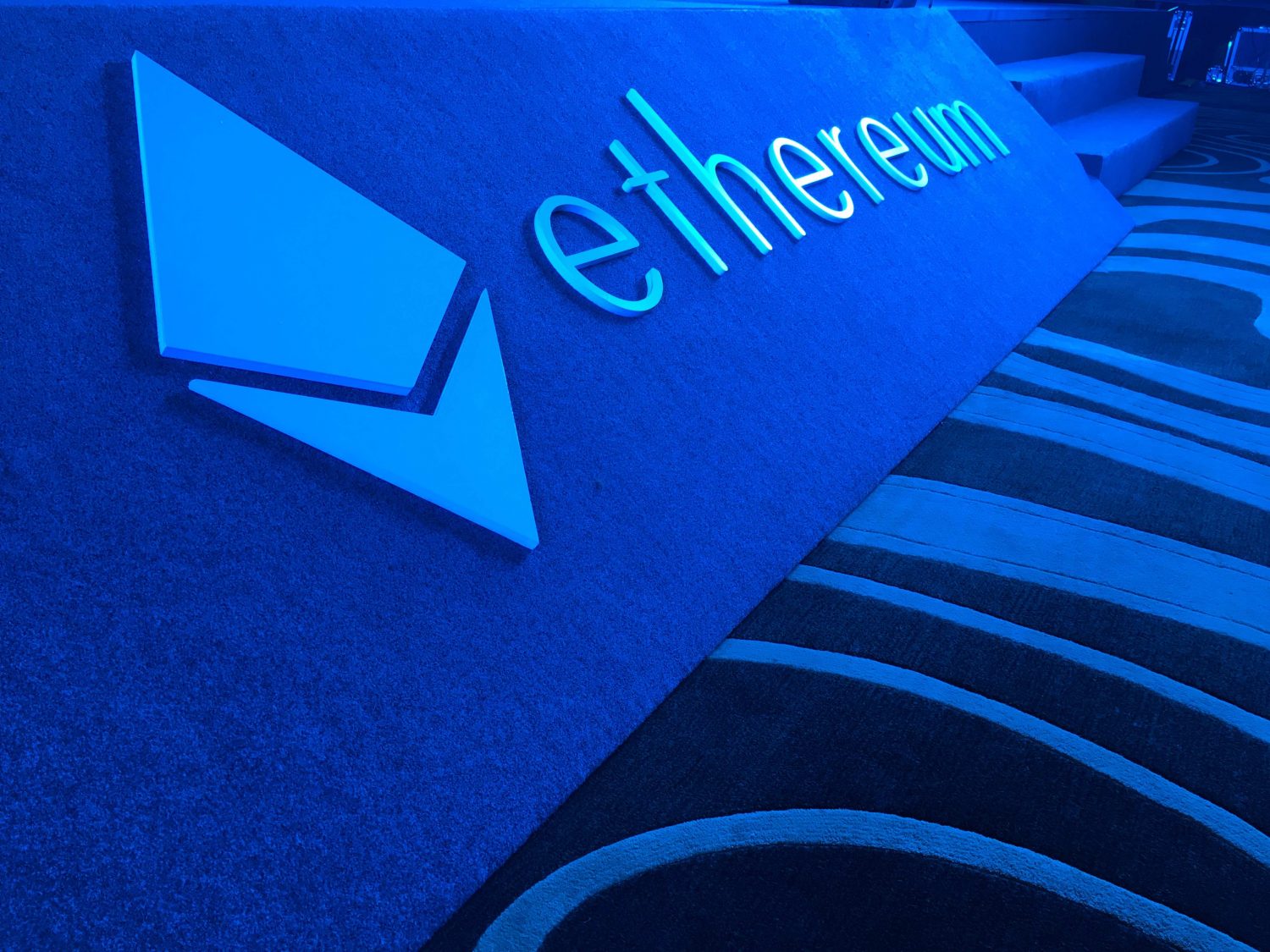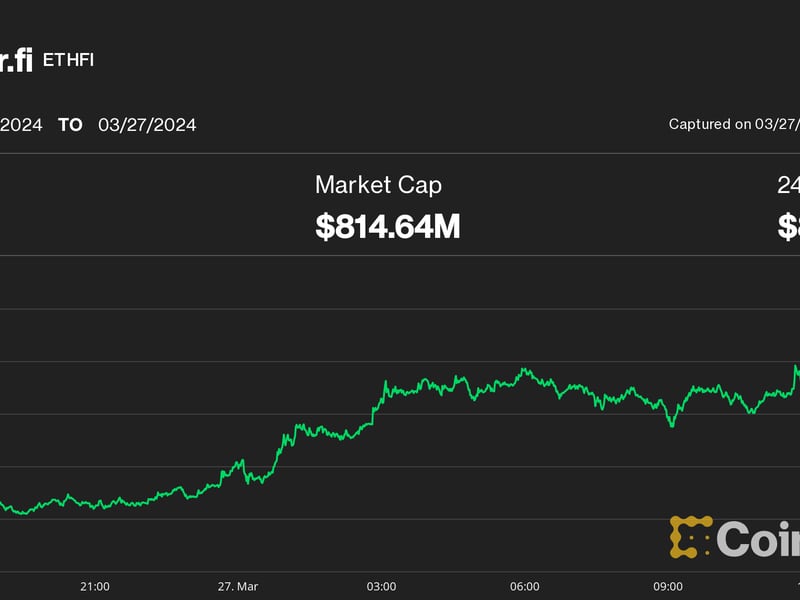Bitcoin Traders Should Watch Wider Inflation Metrics And Not Just CPI
-
Wednesday’s U.S. CPI release is important, but so are wider inflation metrics that point to a rebound in price pressures.
-
Potential for a renewed uptick in inflation ahead means the Fed is likely to stay hawkish for sometime and scope for downside volatility in risk assets, including cryptocurrencies.
As crypto and traditional market traders await U.S. CPI data for July, some observers focus on forward-looking metrics that suggest potential for a rebound in inflation in months ahead, a scenario that could bring some pain to risk assets.
On Thursday at 13:30 UTC (8:30 EST), the U.S. Labor Department will release the July consumer price index (CPI). Economists surveyed by The Wall Street Journal (WSJ) estimate that the CPI rose 0.2% month-on-month in July, matching June’s pace to signal a continued easing of the inflation rate. The annualized rate is forecasted to inch higher to 3.3%, predominantly due to base effects, per WSJ. The core inflation rate is also forecast to hold steady at 0.2% in July from June and 4.8% from a year earlier.
A monthly gain of 0.2% would be consistent with the moderation of inflation that Fed officials want to see, more so given the policy is now sufficiently restrictive – at 5.25%, the Federal Reserve’s benchmark borrowing cost is above CPI, core CPI and the bank’s preferred inflation measure, the core PCE.
So, traders may feel encouraged to scale up exposure to risk assets, including bitcoin, should the data match estimates, validating the strengthening dovish expectations in the market. The Fed funds futures show traders believe the Fed’s rate hike cycle peaked in July and the central bank would cut rates next year.
Traders, however, are likely wrong in pricing rate cuts as forward-looking metrics point to stagflation ahead, Noelle Acheson, author of Crypto is Macro Now newsletter, explained during CoinDesk’s Twitter spaces event on Wednesday. The CPI data is backward-looking and exposed to base effects, which tend to hide the true picture.
While discussing the impending CPI release, Acheson took note of the recent surge in U.S. gasoline prices to the highest since October 2022 and the spike FOA food index price, the need to replenish the dwindling U.S. petroleum reserves and its bullish impact on oil prices. The CPI is sensitive to changes in oil prices.
Acheson added that the Cleveland Fed nowcast has headline CPI for July at 0.41%, more than double the consensus forecast of 0.2%. The model suggests an uptick in the inflation rate to 0.6% in August. That would amount to an annualized CPI rate of 7.4%.
“Stagflation is the worst possible scenario for risk assets, particularly for stocks,” Acheson said, adding that compared to equities, the downside in bitcoin appears limited, considering current low participation from macro investors, the spot-ETF narrative and bitcoin’s gold-like appeal.
In a note to clients on Wednesday, analysts at ING said the latest uptick in bond market’s expectations for price pressures suggests the Fed’s inflation fight is not over yet and warned of continued elevated bond yields. Bitcoin has had an inverse relationship with the U.S. bond yields.
The U.S. 5-year, 5-year forward inflation expectations rate jumped to a 16-month high of 2.53% early this week, according to data source St. Louis Federal Reserve.
“These are not awful levels when you consider where inflation was, and at least these expectations are still comfortably below 3%. But it’s the path they’ve been on that creates the issue, as that path has been pointing upwards. At the same time, there is an ongoing rise in food and energy prices in play, which risks adding to headline pressure down the line,” analysts at ING said in a note to clients early Thursday.
“Given this backdrop, the U.S. 10yr has managed to remain above 4%, and we think it should continue to do so. And remember, once we get through tomorrow’s U.S. inflation report, we’ll likely see headline U.S. inflation closer to 3.5% than 3% and core U.S. inflation closer to 5% than 4%,” analysts added.









